
Community Services News
Montana's Continuum of Care Part Three
Expanding Access to Long-Term Care Services
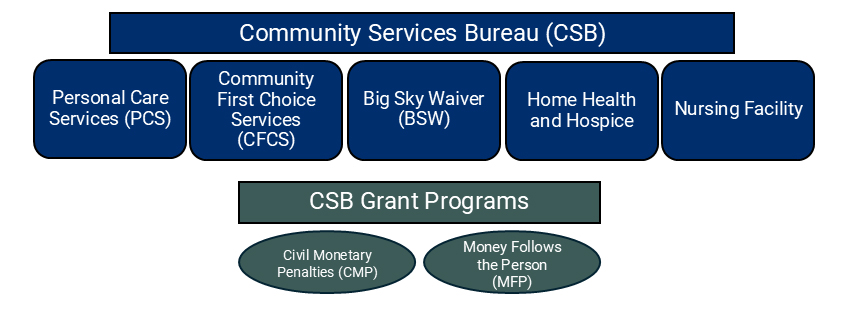
You may recall from part two of this series, found in the Spring issue, we provided an overview of Home and Community-Based Services (HCBS) — essential programs that help Montanans stay in their homes and communities instead of having to move into facilities. Part Three delves into the composition of the Community Services Bureau (CSB) and CSB grant programs.
Services
CSB is made up of several distinct programs that offer services to individuals of all ages in need of regular personal assistance. Several provide home and community-based care for those who wish to remain in their community. Personal care services (PCS) provide support with daily activities at home, such as bathing, dressing, and meal preparation. Additional services like yard hazard removal, personal emergency response systems, and community integration are available through community first-choice services (CFCS), which, like PCS, serve individuals who would otherwise need to live institutionally.
The Big Sky Waiver (BSW) targets the needs of those with physical disabilities and/or the elderly. BSW members can access many services, including residential habilitation, case management, and home and vehicle modifications. Home health services offer skilled medical care within the home, while hospice care is for those facing a terminal illness in need of end-of-life palliative care.
CSB’s nursing facility program does not qualify as HCBS. Nursing facilities are scattered across the state to meet the needs of individuals requiring skilled nursing care or rehabilitation services due to injury or disability. Some residents may require consistent care because of their mental or physical condition.
Grant Programs
Through its grant programs, CSB enhances care quality and access for individuals who require long-term services, helping build stronger pathways to independence and choice.
Civil Monetary Penalties: When a Medicare-certified nursing facility does not meet the requirements set by the Centers for Medicare & Medicaid Services (CMS), they may be charged with federal monetary penalties. When this happens, part of the Civil Money Penalties (CMP) funds is reinvested through a grant process to improve the quality of life of nursing facility residents.
These funds can be used to improve performance, for quality assurance programs, and for direct enhancements to the quality of life and care of residents. CMP reinvestment funds cannot be used for employee salaries, research, or capital improvements.
In addition to nursing facility providers, several organizations could be eligible for CMP funds, including family or resident councils, consumer advocacy organizations, and state agencies. SLTCD reviews applications then passes them on to CMS for final approval. Find out more about CMP on the Civil Monetary Penalties Grant Opportunities webpage.
Money Follows the Person: MFP is a federally funded grant program, or demonstration project, that helps individuals transition from institutional care back into the community. It connects them with the HCBS they need to live successfully at home.
To qualify, a senior must have lived in an institutional setting, like a nursing facility, for at least 60 days with Medicaid coverage for at least one of those days. If eligible, a recipient must also become a member of a DPHHS waiver program, including the BSW, Developmental Disabilities waiver, or Severe Disabling Mental Illness waiver.
The waiver program will guide the member in creating a person-centered plan of care, to ensure a smooth and sustainable transition back into the community. An apartment with an individual lease, group home, or owned or leased home are all qualified residential settings for transition. MFP participants receive continued support for a full year following their initial move.
Find out more about MFP on the MFP webpage.
In the next “Aging in the 406” newsletter, we’ll explore the Behavioral Health and Developmental Disabilities (BHDD) and BHDD grant programs in part four of our series on the SLTCD Continuum of Care. Stay tuned!
Past Issues
Montana's Continuum of Care Part Two
Home and Community-Based Services
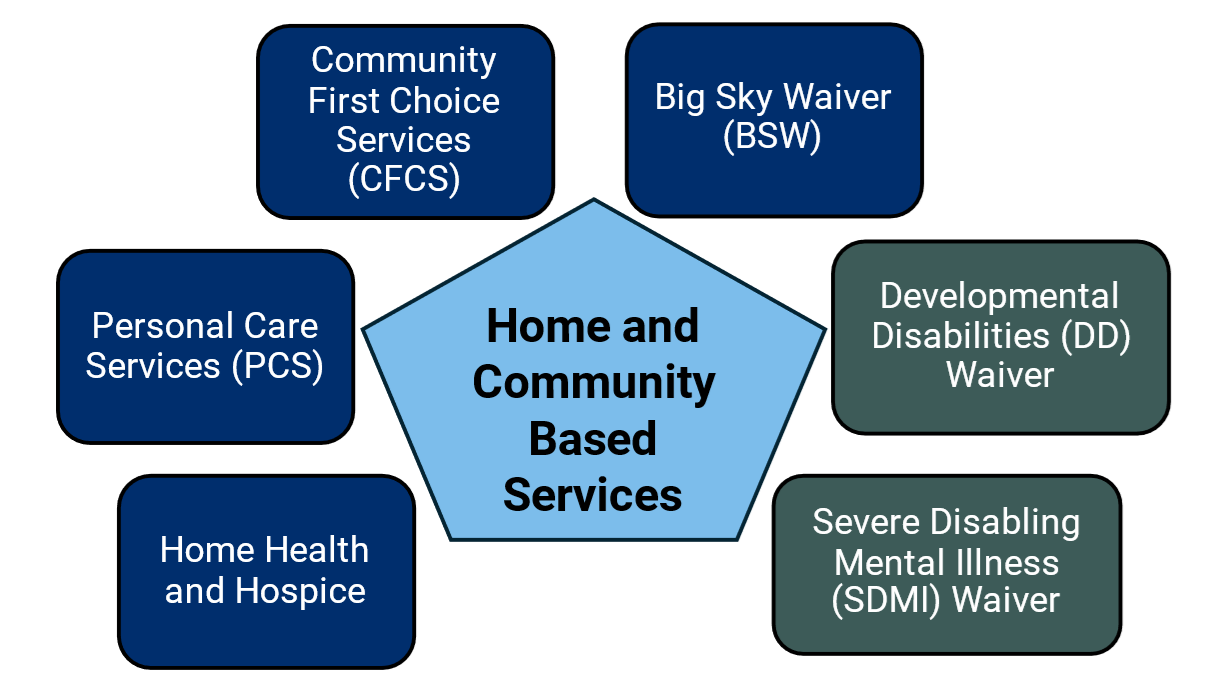
You may recall from Part One of this series, found in the Winter issue, we provided a broad overview of SLTCD continuum of care. This issue, we focus on Home and Community-Based Services (HCBS) — essential programs that help Montanans stay in their homes and communities, rather than needing to move to a facility.
HCBS helps individuals remain in familiar surroundings close to family and friends by providing tailored assistance with daily living. The Community Services Bureau (CSB) manages HCBS, enabling eligible members at risk of institutional care to stay in their homes and communities.
Personal Care Services
Think of this as getting a helping hand at home. These services can assist with everyday tasks like bathing, dressing, preparing meals, grocery shopping, and light housekeeping. They can also include specialized support such as medication assistance, ambulation and exercising, and medical escort.Community First Choice Services
This program expands on personal care, adding support for community integration. It’s designed for individuals who require a level of care similar to what’s provided in a nursing facility. Another great benefit is the program receives extra federal funding, allowing for more comprehensive support.
Home Health Services
These services bring skilled medical care right to your doorstep. Certified agencies provide skilled nursing care, as well as physical, occupational, and speech therapy in the comfort of your own home.
Hospice Care
For those facing a terminal illness, hospice care provides comfort and support. It focuses on palliative care, managing pain and symptoms, and also extends support to families during and after their loved one’s illness.
Big Sky Waiver
This program is designed with flexibility in mind, adapting to the specific needs of older adults and/or individuals with physical disabilities. It offers a wide array of services, including homemaker assistance, extended personal care, adult day care, respite care (giving family caregivers a break), habilitation, transportation, home modifications, nursing services, and adult residential care. Because funding is limited, there may be a waiting list for this program.
Montana’s Money Follows the Person
This federally funded program helps individuals transition from facility-based care (like a nursing home) back into the community. It connects them with the HCBS they need to live successfully at home.
Support for Individuals with Developmental Disabilities or Mental Illness
The Behavioral Health and Developmental Disabilities Division (BHDD) also plays an important role, offering specialized support through two key waivers:
Developmental Disabilities (DD) Waiver (also known as the 0208 or Comprehensive Waiver):
This waiver funds vital support services for Montanans with intellectual and developmental disabilities, empowering them to live in their homes and communities.
Severe and Disabling Mental Illness (SDMI) Waiver: This waiver provides long-term support for individuals with severe and disabling mental illness, including supportive and independent living arrangements, habilitation, and other crucial services within a community setting.
HCBS are a cornerstone of our continuum of care in Montana, helping our aging population and individuals with disabilities live full and meaningful lives in their communities. They offer an alternative to institutional care, promoting independence, dignity, and well-being.
For more information on HCSB, visit: dphhs.mt.gov/hcbs
In the next issue, we’ll explore the CSB grant programs in part three of our series on the SLTCD continuum of care.
Montana's Continuum of Care Part One
Keeping People in Their Homes and Communities

Imagine a system where the support you need grows with you, evolving to meet your changing needs in the comfort of your own home. The SLTC Division’s Community Services Bureau (CSB) is dedicated to making this a reality for Montana residents. CSB manages several Medicaid community-based services, offering a range of programs and care options from the least restrictive settings to institutional care.
SLTC’s continuum of care primarily focuses on Home and Community Based Services (HCBS), which allow individuals to receive care and support within their own homes or community settings, avoiding the need for institutional care. The Behavioral Health and Developmental Disabilities (BHDD) Division, although outside of SLTC, also contributes by providing specialized services for individuals with behavioral health and developmental disability needs.
Several grant programs complement these efforts, including Money Follows the Person (MFP), which helps individuals transition from institutional settings back into the community, and Civil Monetary Penalties (CMP), which uses funds to improve the quality of care in nursing home facilities.
A Comprehensive Range of Services
Designed to evolve with a member over time, a continuum of care better ensures that changing needs are met. This person-centered approach allows for coordinated and integrated care, which provides a seamless experience for individuals as they navigate through different levels of support. The CSB continuum of care includes:
- Living Options: A variety of living arrangements are tailored to individual needs to include independent living with minimal support to more intensive care settings.
- Support Services: A range of services, including personal care, homemaker assistance, and respite care, is available to help individuals maintain their independence.
- Medical and Therapeutic Services: Access to medical care, therapy, and rehabilitation services ensures that individuals receive the necessary treatment and support.
Looking Ahead
In upcoming editions of “Aging in the 406,” you’ll find detailed information about each element of the continuum of care and its corresponding connections. By highlighting these services, SLTC aims to inform and empower Montana residents, to help them make informed decisions about their care options. Stay tuned for more insights and updates on how the CSB is working to enhance the quality of life for the aged and disabled population in Montana.
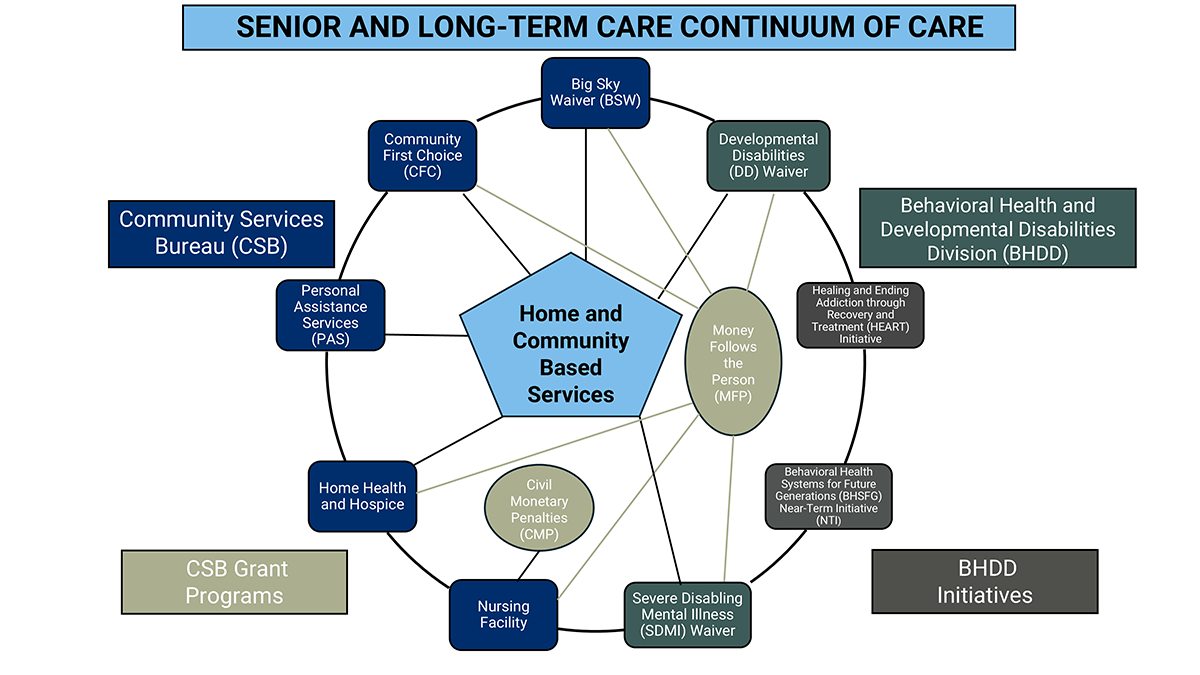
Aging Independently at Home Is Possible
Medicaid's CFC and PAS Programs Explained
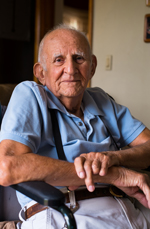 For many Montanans, staying in their own homes as they age or face health challenges is a top priority. Medicaid’s Community First Choice (CFC) and Personal Assistance Services (PAS) programs help make that goal possible. These programs provide personal care to Medicaid-eligible individuals, allowing thousands of elderly residents and people with disabilities to live comfortably at home.
For many Montanans, staying in their own homes as they age or face health challenges is a top priority. Medicaid’s Community First Choice (CFC) and Personal Assistance Services (PAS) programs help make that goal possible. These programs provide personal care to Medicaid-eligible individuals, allowing thousands of elderly residents and people with disabilities to live comfortably at home.
CFC and PAS services are tailored to each individual based on their specific needs, health conditions, and living situations. Assistance ranges from daily personal care — for example bathing, dressing, and meal preparation — to help with medication, mobility, light housekeeping, and grocery shopping.
Additionally, the CFC program offers services like community integration, yard hazard removal, help with correspondence, and a personal emergency response system. Services such as home repairs, financial management, and pet care, however, are not included.
Choosing Your Care
Individuals who qualify for Medicaid’s CFC and PAS programs have two options for how they receive their care: Self-Directed or Agency-Based. Each option offers flexibility depending on your preferences and level of involvement.
Self-Directed (SD) Care
This option allows individuals, or their personal representatives, to take control of their care by hiring, training, and managing their personal care attendants. In some cases, individuals can also manage skilled services like catheter care or wound care, with approval from a healthcare provider. To choose this path, participants must demonstrate that they understand the program and are able to direct their own care. It’s important to note that under this option, individuals assume responsibility for their medical care.
Agency-Based (AB) Care
For those preferring a more hands-off approach, the Agency-Based option lets Medicaid providers manage care services. Providers hire and train attendants, while a nurse supervisor ensures quality care. But skilled services aren’t included under this option. If skilled care is needed, individuals may switch to the Self-Directed option, rely on informal support, or explore other Medicaid programs for skilled nursing.
Supporting Independence at Home
Medicaid’s CFC and PAS programs offer more than just care — they also empower Montanans to live with greater independence at home. Whether you prefer taking control of your own care or leaving it to professionals, these programs give you options to choose the path that works best for your situation.
How Can I Qualify?
To qualify for Medicaid’s CFC or PAS programs, you must:- Have a health condition that limits your ability to perform daily activities;
- Participate in the authorization and screening process; and
- Be Medicaid eligible.
For more details on Medicaid eligibility, call: 1-888-706-7035 or visit website for Medicaid Member Services.
Money Follows the Person: Empowering Transitions to Community Living
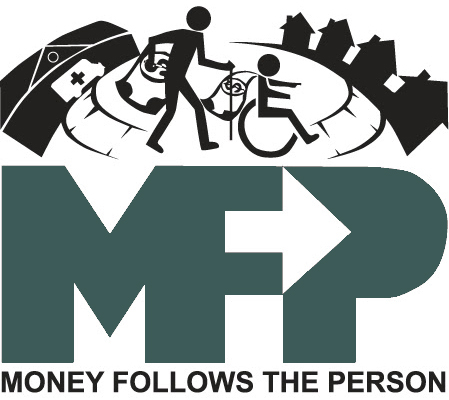
For more than a decade, the Money Follows the Person (MFP) program has transformed lives by assisting states in promoting and enhancing access to Home and Community-Based Services. As the longest-running demonstration project in the history of Medicaid, MFP has enabled more than 109,000 individuals nationwide to transition from institutional settings, such as nursing homes and hospitals, back into their communities.
Providing a Lifeline
Since its inception in 2014, Montana’s MFP demonstration project has helped approximately 269 seniors and individuals with disabilities move out of institutional settings and return to their communities. This program offers a lifeline to those who have resided in an institutional setting for at least 60 days, with Medicaid covering their care for at least one of those days.
Program Requirements
Eligible participants must also join one of Montana’s Waiver Partner programs, such as the Big Sky Waiver, the Severe Disabling Mental Illness Waiver (SDMI), or the Developmental Disability Waiver. Each participant receives person-centered planning tailored to meet their unique transition and service needs. This planning process allows individuals to discuss their goals, skills, abilities, and what is truly important to them with their team of providers.
Overcoming Barriers
MFP helps participants overcome barriers to community living by providing demonstration services, including:
- Rent and utility deposits when necessary
- Assistance with past due rent and utility bills/deposits
- Purchase of household goods and services, including basic household furnishings, bedding, kitchenware, etc.
- Environmental and/or vehicle modifications
Transitioning
Participants must transition to an MFP-qualified residential setting, which includes:
- A home owned or leased by the participant or their family member
- An apartment with an individual lease, secure access, and living, sleeping, bathing, and cooking areas controlled by the participant or family member
- A community-based residential setting, such as a group home with a maximum of four unrelated people (excluding caregivers or personal attendants)
Providing Continual Support
MFP participation is available for 365 days, ensuring continuous support during the transition period.
A dedicated team, including a Project Director, a Grant Specialist/State Transition Coordinator, a Data Analyst, and a Housing Specialist, supports participants in achieving their goal of living independently in the community. The team works across the state and is available Monday through Friday from 8:00 a.m. to 5:00 p.m.
Greater Independence Through Community
Living in the community offers greater independence and the chance to create a home that suits individual lifestyles. If you or a loved one currently resides in an institutional setting and wishes to transition back into the community, MFP can help make that a reality.
Reach Out for More Info
For referrals or more information, contact MFP Project Director April Staudinger at MoneyFollowsThePerson@mt.gov, call (406) 439-6870, fax (406) 655-7646, or visit dphhs.mt.gov/sltc/mfp.
Your journey to a more independent life in the community starts with a simple step.

